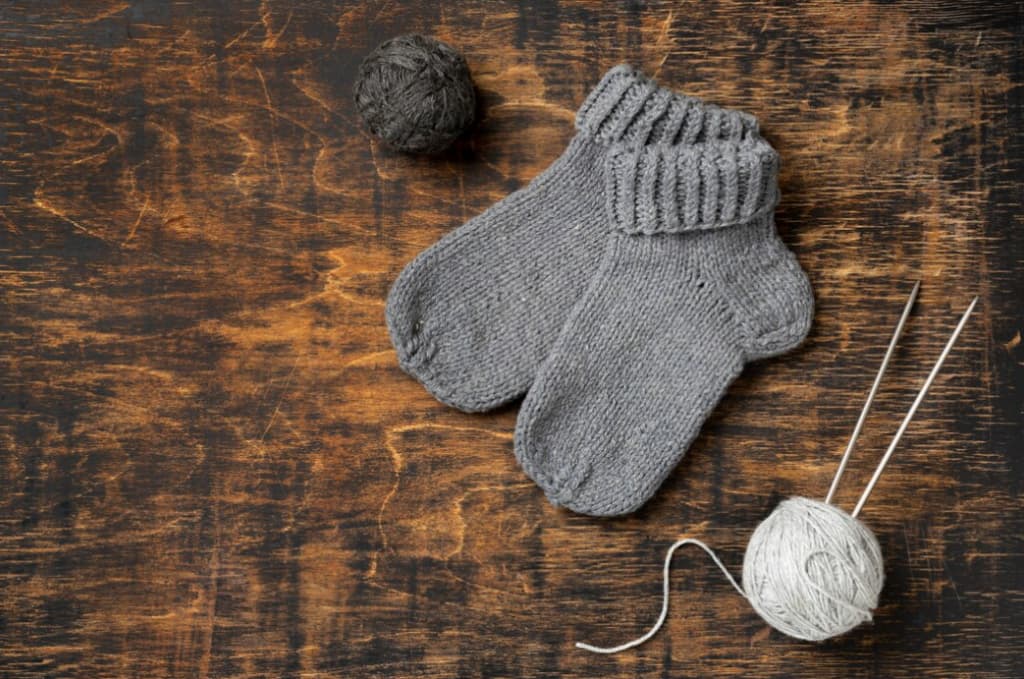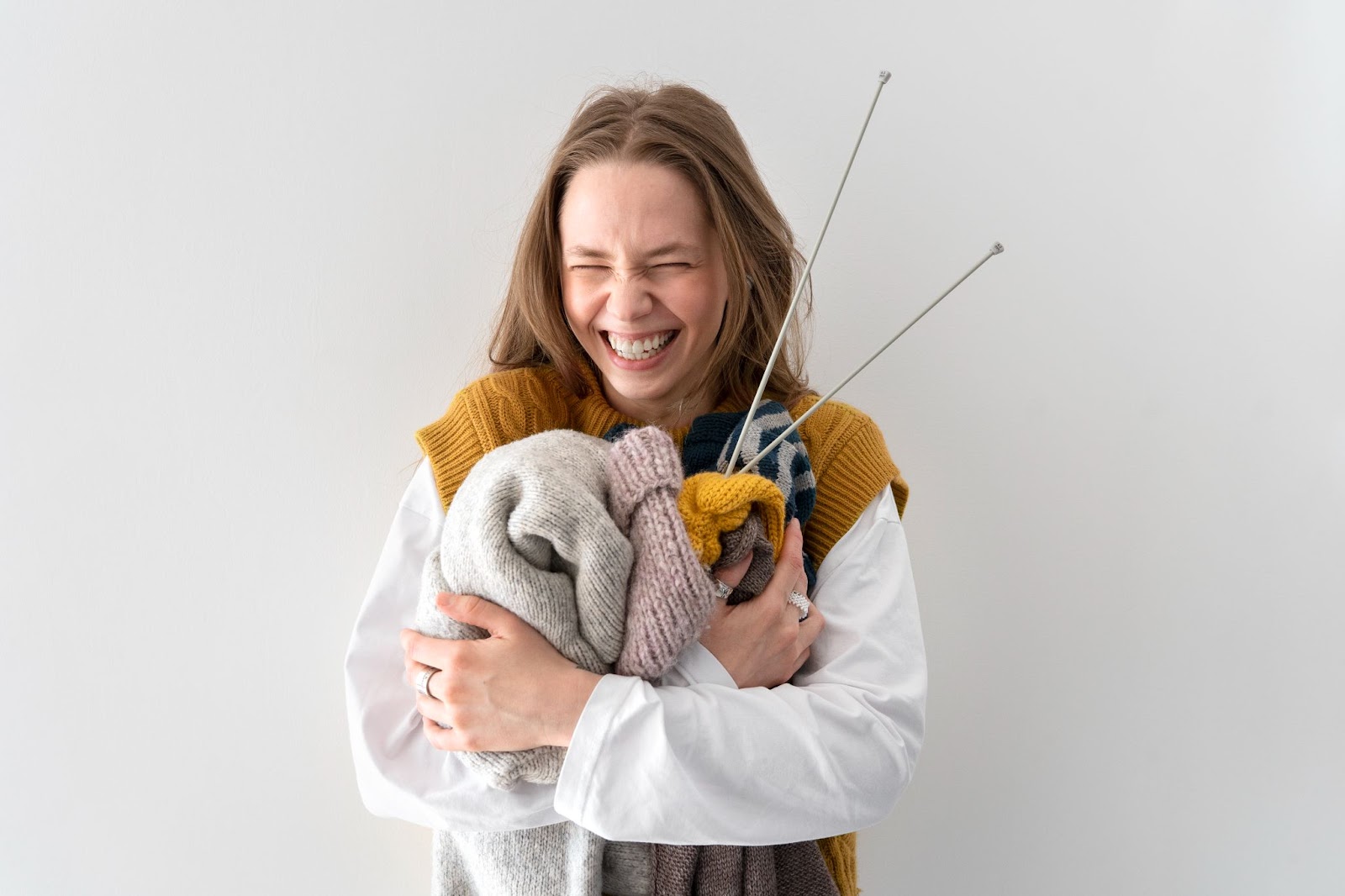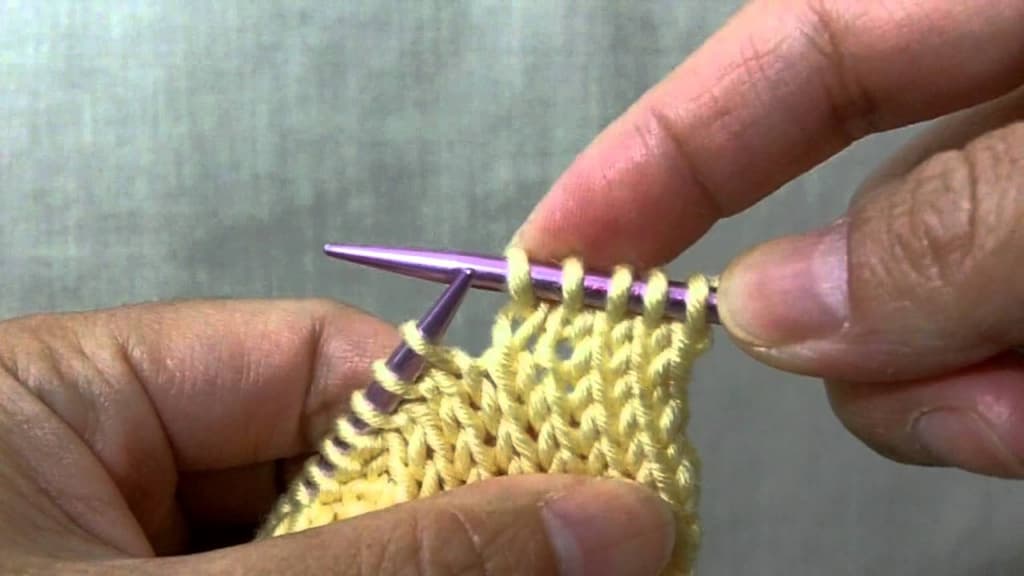Engage in a compelling journey of learning the art of knitting toe-up socks. This guide will offer a series of extensive tutorials outlining the construction of a sock, from the toes up to the cuffs. By the end of this guide, you’ll gain access to a concise basic toe-up sock pattern with short-row heels integral in the creation of comfortable and snug pairs of socks.
If you’re keen on exploring cuff-down socks, there’s no need to look elsewhere. We also offer an in-depth course outlining the intricacies of crafting the perfect set of cuff-down socks. This class delivers a comprehensive walk-through on sock construction, coupled with a free pattern available for download. Building on your proficiency in mastering the short row heel in toe-up knitting, our step-by-step guide on making bobbles serves as a practical extension to enhance your knitting skills.
Understanding Color Contrasts
Breathe life into your knitted creations by deploying contrasting colors. To achieve this, simply cease knitting with your current color, then begin with a new color whenever it suits your design.
You could apply contrasting colors to various parts of your sock. For instance, you could start knitting the heel with a new color to create a striking contrast. Alternately, you could begin with a vibrant color for the toe, then switch to a muted tone when knitting the foot part of the sock to create a stunning contrast. Of course, the creative decisions are entirely up to you!
Decoding Short Rows
A Short Row merely refers to the unique technique of not working with every stitch in the row before turning around and knitting in the opposite direction. It will require you to execute a distinctive technique to prevent holes in your tantalizing fabric.

The Purpose of Short Rows
Short Rows are primarily used in knitting the heel. When we knit Short Rows, we are effectively compelling the heel fabric to fold in on itself slightly and maintain that state. This is achieved by decreasing the number of stitches with every row knitted, thereby decreasing the width while increasing the height. This intuitive shaping method creates the perfect “cup” to nestle your heel when donning the socks.
Basic Short-Row Heel Recipe: Part 1
This heel is knitted flat across half of the total stitches using German Short Rows. Follow these steps:
- Row 1: Knit to the last stitch, apply gsr;
- Row 2: Purl to the last stitch, apply gsr;
- Row 3: Knit to 1 stitch before gsr, apply gsr;
- Row 4: Purl to 1 stitch before gsr, apply gsr;
- Repeat Rows 3 & 4 until the number of stitches left unworked between gsr’s equals half of your cast-on stitches, concluding after working a WS row.
Tailoring the Heel
Personalize your heel easily by deploying more or fewer short rows. For instance, if you fancy a broader heel, cease repeating Rows 3 & 4 when you have a larger number of stitches left between gsr’s. Of course, for your first pair, we would recommend knitting to a pattern to understand the fit better. You could always adjust the heel later to better suit your preferences.
Comprehensive Guide to Yarn Selection
Now that you’ve got the knitting basics down, it’s essential to understand the types of yarns that can influence the texture, durability, and overall quality of your knitted socks. From natural fibers like wool and cotton to synthetic options such as acrylic and nylon, each material has its benefits and drawbacks.
Maintenance Tips for Knitted Socks

Proper care for your handmade socks will extend their lifespan significantly. We will guide you through the process of washing, drying, and storing knitted socks, ensuring they retain their shape and softness for years to come.
Conclusion
Mastering the Short Row Heel Toe Up technique is not only satisfying but opens a window of endless creative possibilities. With a basic understanding of the steps, a dash of patience, and a sprinkle of creativity, anyone can knit a comfortable and personalized pair of socks. Let’s look forward to more sock-knitting adventures ahead!






